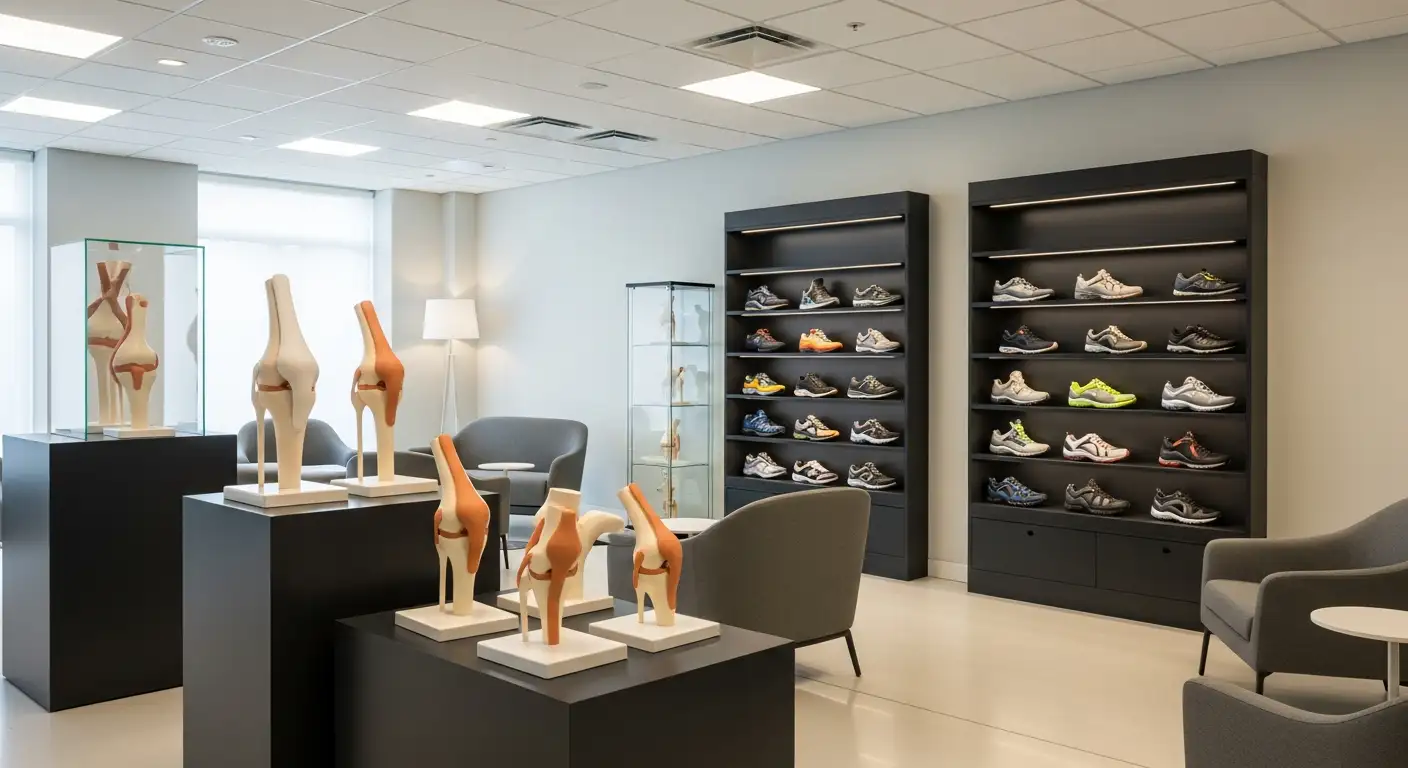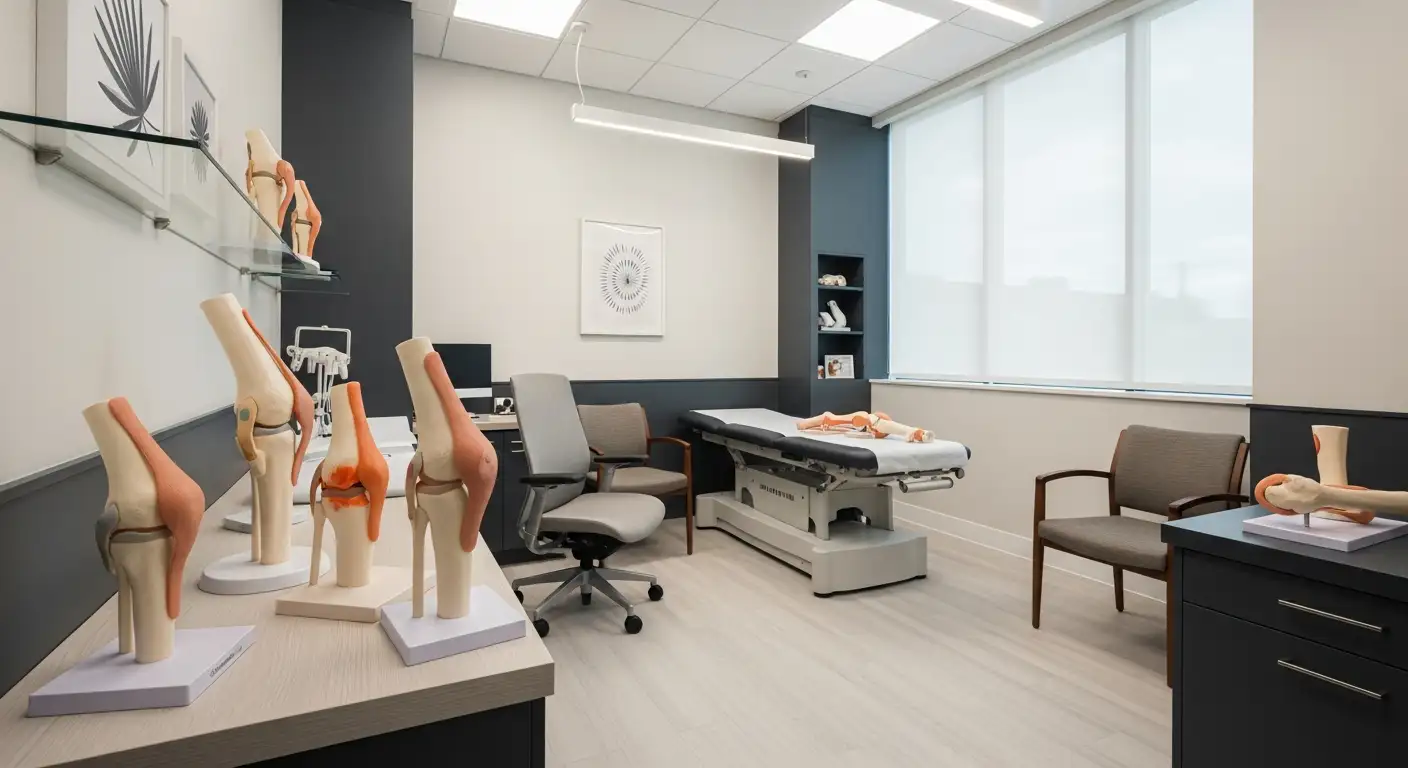Understanding and Enhancing Gluteal Flexibility for Overall Well-being
The gluteal muscles, comprising the gluteus maximus, medius, and minimus, are fundamental to hip stability, mobility, and overall movement efficiency. Despite their importance, these muscles are frequently neglected, leading to tightness, discomfort, and diminished performance. Incorporating targeted stretches for the gluteus maximus can alleviate tightness, prevent injury, and improve daily functional movement. This article explores the anatomy, benefits, and effective techniques for stretching the glute max, highlighting safety guidelines and the connection between flexibility and active living.
Anatomy and Function of the Gluteus Maximus
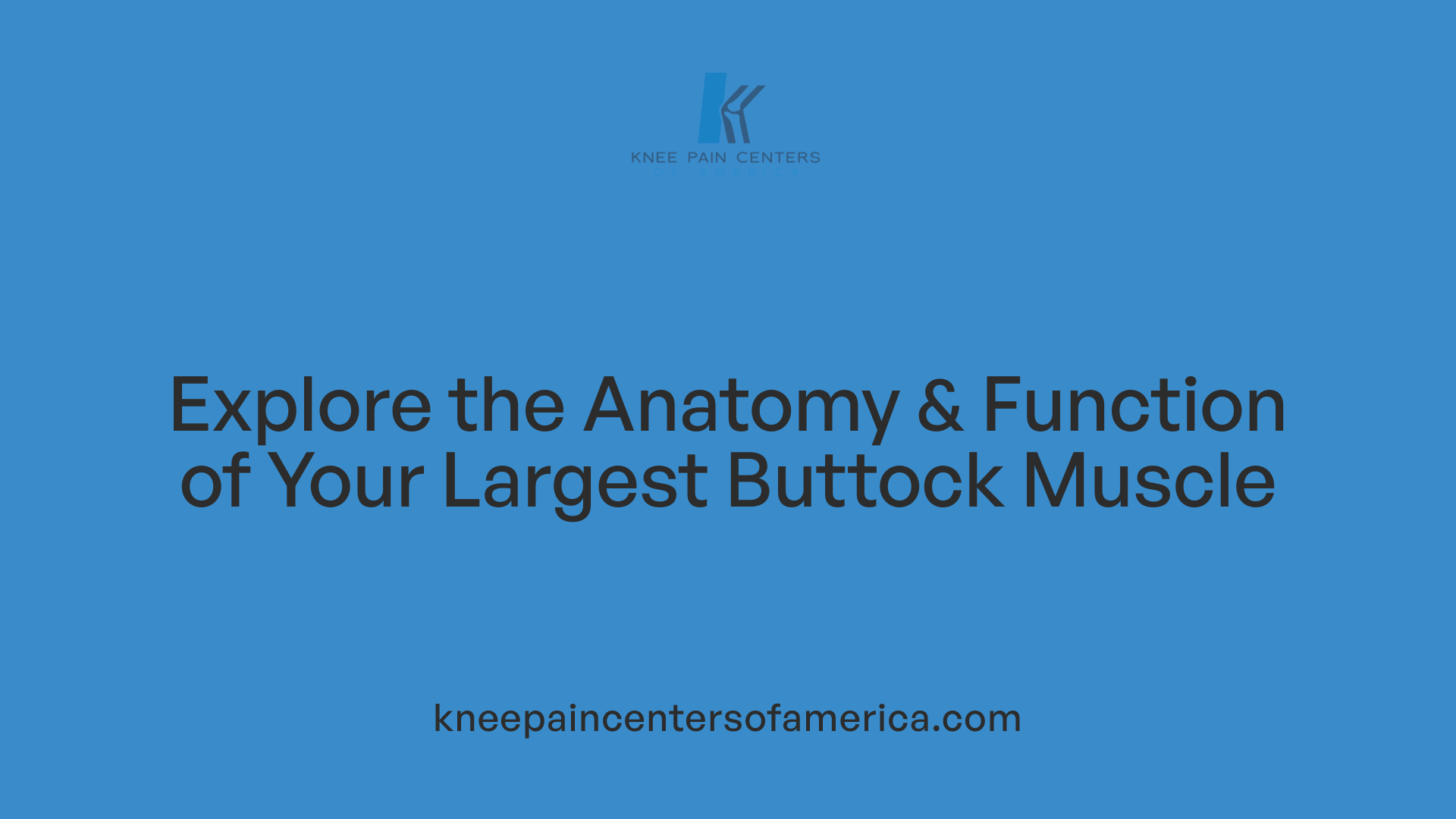 The gluteal region of the body is made up of three important muscles: the gluteus maximus, gluteus medius, and gluteus minimus. Among these, the gluteus maximus is the largest and most superficial, playing a vital role in many movements involving the hips.
The gluteal region of the body is made up of three important muscles: the gluteus maximus, gluteus medius, and gluteus minimus. Among these, the gluteus maximus is the largest and most superficial, playing a vital role in many movements involving the hips.
Basic anatomy of the glutes
The gluteus maximus originates from the ilium, sacrum, and coccyx, and inserts into the femur and the iliotibial band. Its muscular fibers run diagonally across the buttocks, giving it a bulky and prominent appearance.
Role of gluteus maximus in movement
This muscle is primarily responsible for hip extension, which is the movement of bringing the thigh backward. It also helps in outward rotation and abduction of the hip. The gluteus maximus is crucial for activities such as standing up from a sitting position, climbing stairs, running, and jumping. When you propel yourself forward during running, the gluteus maximus contracts powerfully to extend the hip.
Difference between glute muscles
While all three gluteal muscles contribute to hip stability and movement, each has specific functions:
| Muscle | Location | Main Function | Additional Roles |
|---|---|---|---|
| Gluteus Maximus | Surface of buttocks | Hip extension, outward rotation | Supports thigh movement, stabilizes pelvis |
| Gluteus Medius | Located on the outer surface of the pelvis | Hip abduction, stabilization during walking | Keeps pelvis level during gait |
| Gluteus Minimus | Beneath the gluteus medius | Hip abduction, medial rotation | Assists in stabilization |
Understanding the anatomy and respective functions of these muscles helps in addressing issues related to tightness. For example, tightness in the gluteus maximus can limit hip mobility and cause discomfort during physical activities.
Symptoms of tight glutes include persistent aches or tightness, especially during activities like walking, running, or sitting for long periods. You might also feel stiffness, reduced flexibility, or experience pain in surrounding areas like the hips, lower back, or knees. Regular stretching and strengthening routines are essential for maintaining healthy, flexible glutes, thus preventing injury and improving overall movement.
Common Causes and Symptoms of Glute Tightness
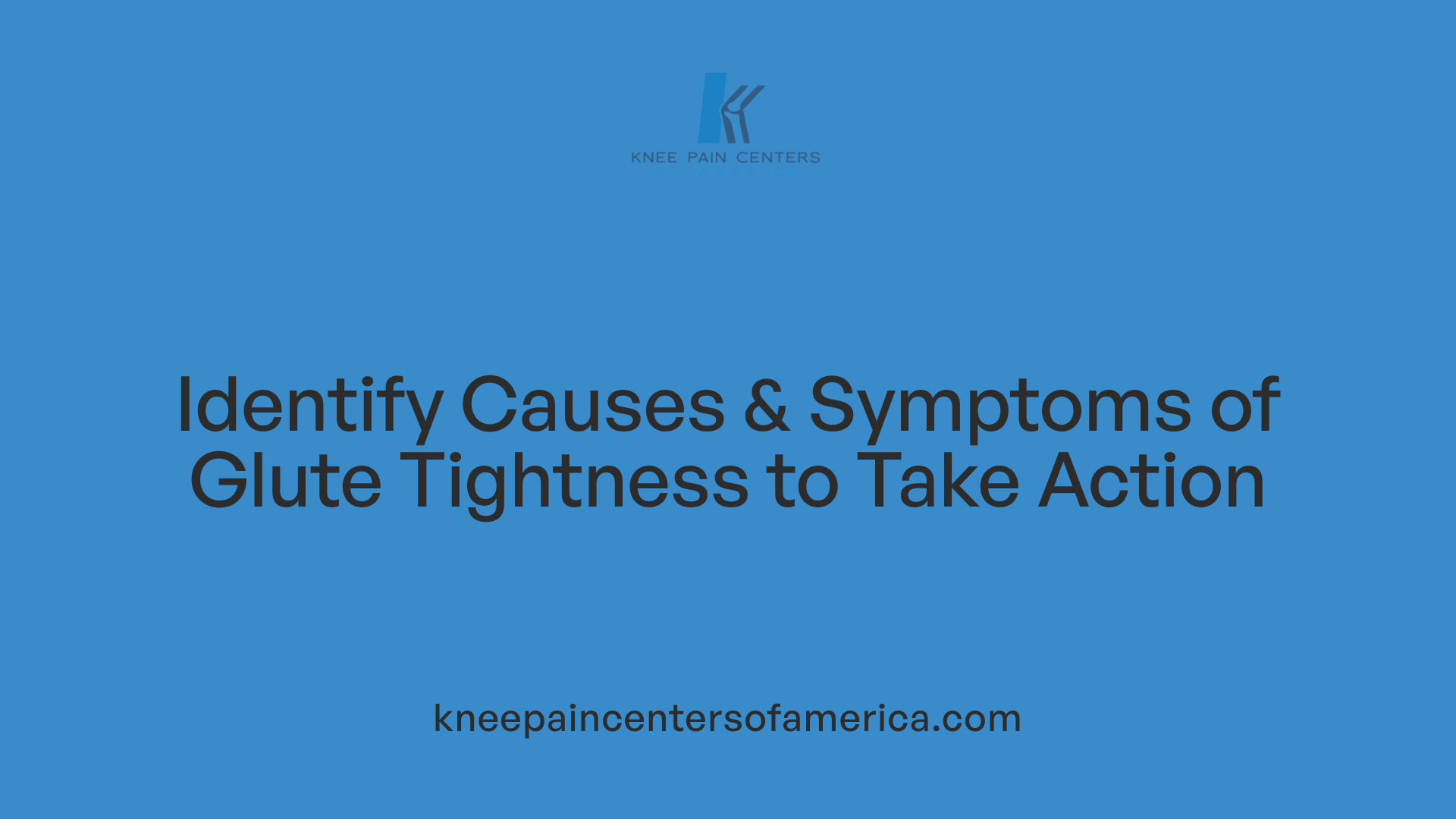 Prolonged sitting is a major contributor to glute tightness, as it causes the muscles to shorten and become less flexible over time. This is especially common for individuals with desk jobs or those who spend long hours seated, leading to muscular imbalances and discomfort.
Prolonged sitting is a major contributor to glute tightness, as it causes the muscles to shorten and become less flexible over time. This is especially common for individuals with desk jobs or those who spend long hours seated, leading to muscular imbalances and discomfort.
Activities like cycling, running, and jumping can also lead to overuse injuries in the glute muscles. Repetitive movements put stress on these muscles, causing strain, soreness, and sometimes inflammation.
Poor posture during daily activities or exercise can further exacerbate muscle imbalances. Improper movement patterns can put uneven stress on the glutes and hips, resulting in tightness and reduced mobility.
Muscle imbalances, where some muscles become overly tight while others weaken, are often linked to overuse and poor ergonomics. These imbalances can provoke persistent aches and restrict movement.
Conditions such as piriformis syndrome are associated with glute tightness. This condition involves the piriformis muscle pressing against the sciatic nerve, resulting in pain, numbness, or tingling through the buttocks and down the leg.
Symptoms of tight glutes go beyond discomfort in the buttocks. Many experience persistent aches during movement, pain or soreness in the hips, tight hip flexors, lower back pain, and even tight hamstrings or knee pain. Such issues can impair daily activities, reduce flexibility, and increase injury risk.
Addressing these causes often involves regular stretching, strengthening exercises, and adopting better movement habits. Manual therapies and maintaining good posture are also recommended to alleviate tightness and improve muscle balance.
Benefits of Regular Glute Stretching
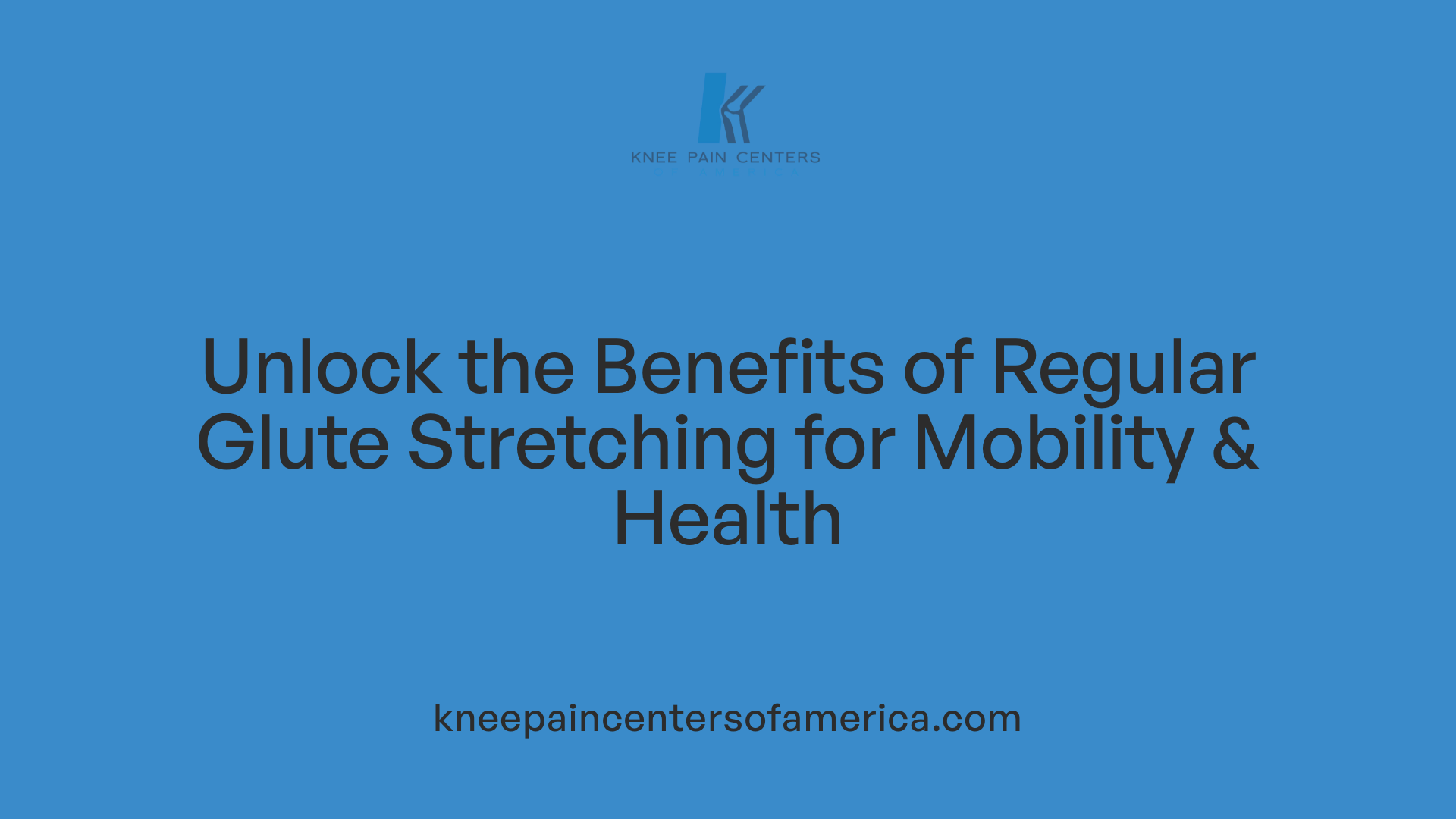 Regularly stretching the glute muscles can lead to numerous positive effects on overall mobility and health. One of the main benefits is improved flexibility and a greater range of motion in the hips and pelvis. This enhanced flexibility makes everyday activities such as walking, bending, and standing more comfortable, reducing the feeling of tightness or stiffness.
Regularly stretching the glute muscles can lead to numerous positive effects on overall mobility and health. One of the main benefits is improved flexibility and a greater range of motion in the hips and pelvis. This enhanced flexibility makes everyday activities such as walking, bending, and standing more comfortable, reducing the feeling of tightness or stiffness.
In addition, consistent stretching can help prevent injuries and alleviate pain. Tight glutes can contribute to lower back pain, hip discomfort, and even knee issues. By loosening these muscles, stretching can reduce the risk of strains, tendinitis, and conditions like piriformis syndrome.
Moreover, flexible glutes support better athletic performance. Athletes involved in running, jumping, or quick directional changes benefit from increased muscle elasticity and joint mobility. This can lead to more efficient movement, improved stability, and reduced fatigue.
Enhancing glute flexibility also aids in maintaining proper posture and spinal alignment. When glutes are too tight, they can cause compensatory movement patterns that strain the lower back and hips.
Incorporating stretches like the Pigeon Pose, Figure-Four stretches, and hip flexor stretches into a routine—at least two to three times weekly—can yield these benefits. Overall, consistent glute stretching promotes healthier, pain-free movement and supports optimal physical performance.
Effective Techniques and Exercises for Glute Stretching
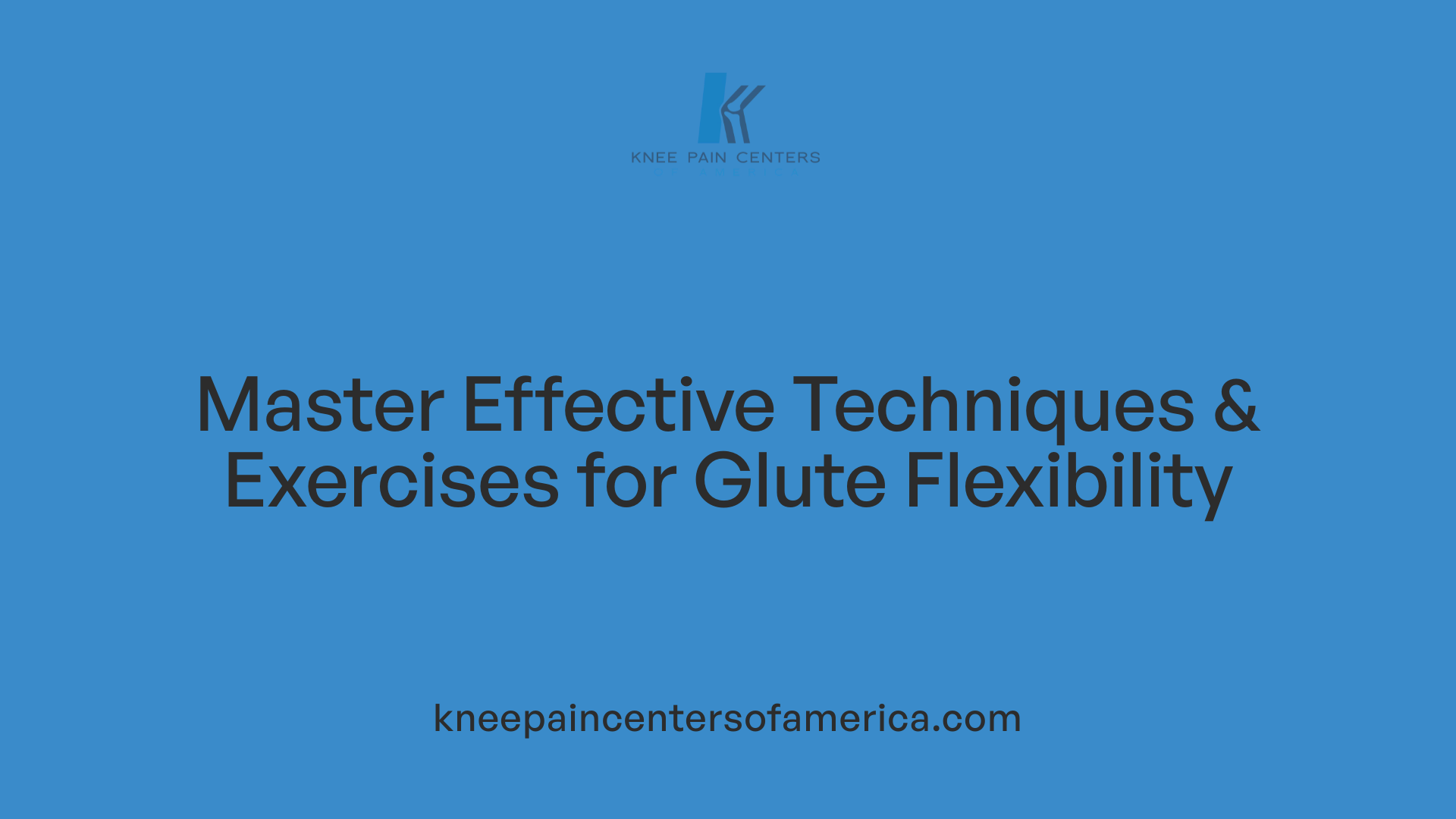
What are effective techniques for stretching the glute muscles?
Achieving flexibility in the glute muscles involves employing a variety of targeted stretches that focus on hip movement and muscle extension. Popular options include the Figure 4 Stretch, Pigeon Pose, Standing Glute Stretch, Seated Forward Fold, and reclining or supine cross-legged stretches. These exercises are designed to stretch the gluteus maximus, medius, and minimus, which can become tight from prolonged sitting, overuse, or injury.
When performing these stretches, it is essential to focus on hip flexion and external rotation of the femur to maximize their benefits. Movement should originate from the hip joint rather than the knee to ensure the correct muscles are being targeted effectively.
To optimize stretch efficacy, move slowly into each position, feeling a gentle tension that signifies a good stretch without pain. Hold each stretch for approximately 20 to 30 seconds, and repeat 2 to 3 times. This approach ensures a gentle yet effective lengthening of the muscles.
Consistency is critical: incorporating these stretches into your routine two to three times weekly can significantly improve flexibility and mobility. Regular practice not only alleviates tightness and soreness but also supports overall glute health, which can help reduce symptoms like persistent aches, lower back pain, or hip discomfort. Ultimately, a combination of static and dynamic stretching routines promotes better movement, injury prevention, and long-term flexibility in the gluteal muscles.
Safety Guidelines for Stretching the Glutes
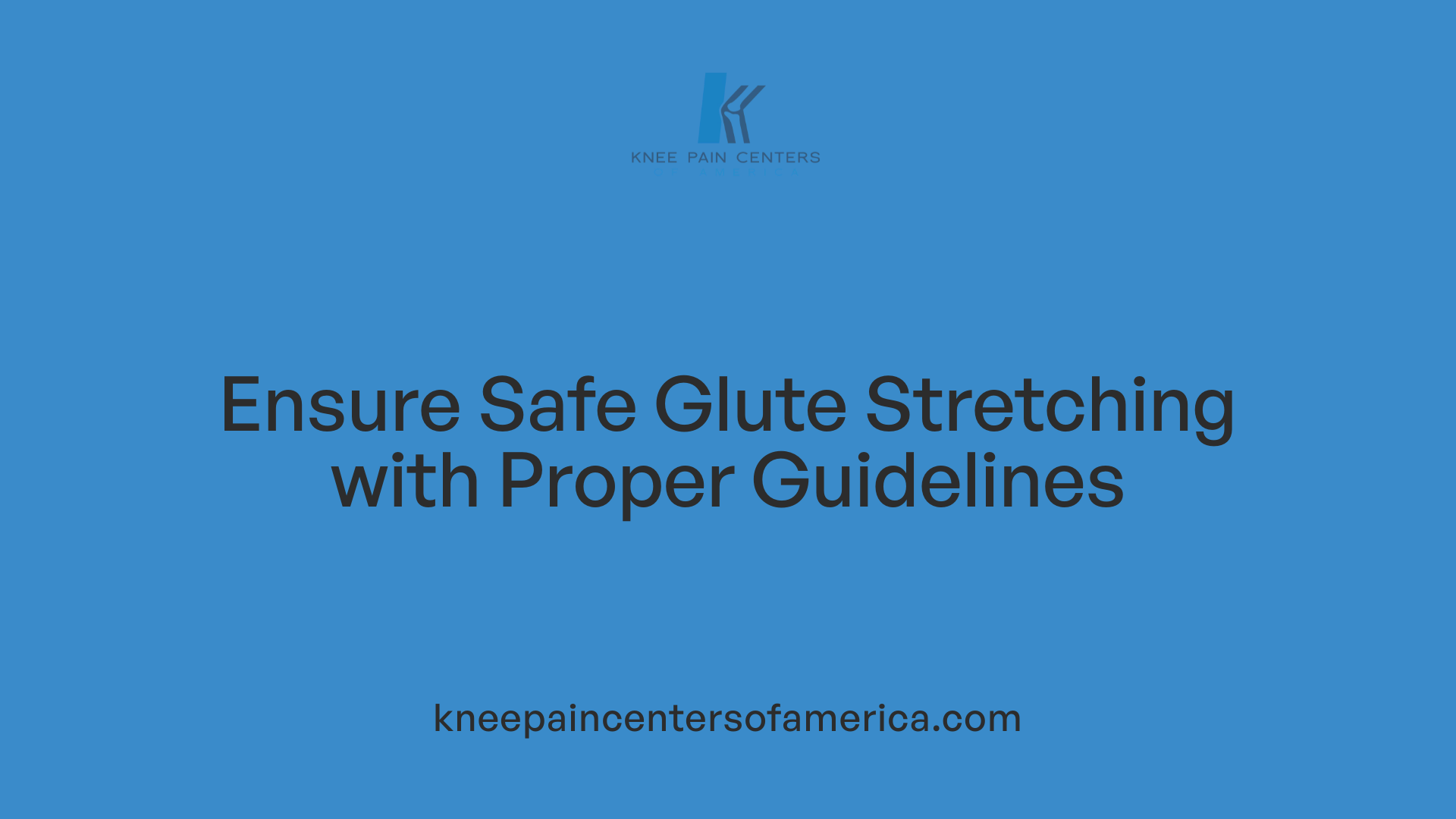
Warm-up requirements
Before beginning your glute stretching routine, it is important to warm up your muscles to prevent injury. Light cardio activities such as walking, jogging in place, or dynamic movements like leg swings help increase blood flow and prepare the muscles for stretching. Warming up also enhances flexibility and reduces the risk of overstretching muscles.
Proper stretching technique
When performing glute stretches, focus on gentle, controlled movements. Avoid bouncing or using excessive force, as this can strain the muscles or cause injury. Hold each stretch steadily for about 20 to 30 seconds, breathing deeply throughout. Proper form is essential; for example, keep your hips level and avoid arching your lower back during stretches like the Figure-4 or pigeon pose. Be attentive to your body’s signals, stopping if you feel any sharp pain.
Avoiding overstretching
Listening to your body is crucial when stretching the glutes. Do not push beyond the point of mild tension or discomfort. Overstretching can cause muscle tears or strains, especially if your muscles are not warmed up properly. If you experience pain, ease off and relax in a comfortable position. Progress gradually and increase the stretch intensity over time as your flexibility improves.
Following these guidelines ensures a safe stretching routine that helps improve flexibility and reduces the risk of injury. Regular practice combined with these safety measures can result in better mobility and overall muscle health.
Incorporating Glute Stretching into Your Routine
Stretching the glute muscles should be an essential part of your fitness and daily wellness routine. The best times to incorporate these stretches include during warm-up, cool-down, or even while taking breaks during prolonged sitting. Doing gentle stretches before exercise prepares your glutes for activity, helping to increase blood flow and elasticity. After workouts or long periods of sitting, stretching can help relax tight muscles, improve flexibility, and reduce soreness.
For optimal results, aim to stretch your glutes at least two to three times a week. Consistency is vital for developing better flexibility and maintaining mobility. Incorporate a variety of stretches such as the Figure 4 stretch, Pigeon pose, seated figure-four, and standing hip flexor stretches, ensuring you target all parts of the gluteal muscles.
Complement these stretches with strengthening exercises like glute bridges or single-leg deadlifts. Strengthening helps balance muscle tension and supports the stretch routines, reducing the risk of tightness or injury. Remember to start slowly, ease off if you feel pain, and listen to your body.
How can improving glute flexibility benefit physical activity and daily movement?
Enhancing glute flexibility boosts movement efficiency and comfort. It increases the range of motion in the hips and pelvis, making activities like walking, bending, or standing smoother and less tiring. Loose and flexible glutes reduce muscle tension in surrounding areas such as the lower back and hamstrings, which helps prevent discomfort and injuries.
Flexible glutes also contribute to better posture and spinal alignment, supporting overall body mechanics. They prepare your muscles for vigorous activity, decreasing the likelihood of strains and tears. Improved flexibility can enhance athletic performance, especially in sports involving running, jumping, or rapid directional changes. Additionally, maintaining good glute mobility alleviates issues like piriformis syndrome and helps in quicker recovery from injuries.
Putting It All Together: Practical Advice for Glute Max Stretching
When it comes to stretching the gluteus maximus, the goal is to relieve tightness, improve flexibility, and prevent injury. Regular practice is essential for maintaining healthy glutes, especially for those who sit for long periods or engage in athletic activities like running and cycling.
Summary and final tips include focusing on gentle, controlled stretches such as the Pigeon Pose, Seated Figure-Four, and Glute Bridge. These exercises target the glute muscles directly, helping release tension and boost mobility. Remember that stretching is most effective when combined with overall good posture and movement habits.
Frequency and duration matter. Performing stretches at least two to three times weekly can help sustain and improve flexibility. Each stretch should be held for 20 to 30 seconds and repeated 2-3 times per side. Consistency is more important than intensity — gentle, sustained stretches yield better results over time.
Monitoring progress and safety are crucial. Pay attention to your body’s signals; stretch to the point of mild discomfort but never pain. If you experience sharp pain or sustained soreness, stop immediately and consult a healthcare professional. Warming up muscles beforehand, with light activity such as walking or gentle leg swings, can help prevent overstretching injuries.
To enhance your stretching routine, incorporate dynamic movements during warm-up and static stretches during cool-down. Techniques like foam rolling can prepare the muscle tissue, making stretches more effective and comfortable.
Here's a quick overview of recommended practices:
| Practice Aspect | Recommendations | Additional Tips |
|---|---|---|
| Stretching Frequency | 2-3 times weekly | Keep it regular |
| Duration per stretch | 20-30 seconds | Be patient |
| Repetitions | 2-3 reps per side | Increase gradually |
| Key stretches | Pigeon, Figure-Four, Bridge | Focus on proper form |
| Safety tips | Warm-up muscles, avoid pain | Listen to your body |
By following these guidelines and maintaining patience, you can significantly reduce glute tightness, enhance flexibility, and support overall hip and back health. Always prioritize proper technique and consult healthcare professionals for personalized advice or if ongoing discomfort persists.
Final Thoughts on Gluteal Flexibility and Health
Regularly incorporating specific stretches for the gluteus maximus can markedly improve flexibility, reduce tightness, and support overall musculoskeletal health. By understanding the anatomy, practicing safe and effective stretching techniques, and maintaining consistency, individuals can enhance their mobility, prevent injuries, and enjoy the benefits of pain-free movement. Remember, consulting healthcare professionals when experiencing persistent discomfort or before starting new routines ensures safe and tailored results. A proactive approach to glute health can lead to a more active, comfortable, and pain-free lifestyle.
References
- Give Your Glutes Some Relief with These 6 Stretches - Peloton
- Gluteal Strain: Rehab Exercises
- 8 Simple Glute Stretches to Do Every Single Day
- 6 Best Glute and Piriformis Stretches and Exercises
- What Are the 6 Best Glute Stretches for Tightness? - GoodRx
- Glute Stretches: Moves to Take Care of Your Glutes - Runner's World
- 27 Best Glute Stretches To Boost Flexibility & Ease Tightness
- Gluteus Maximus Stretch | Kinetic Revolution - Run Strong, Injury Free
- 9 Best Glute Stretches to Loosen Tight Muscles - Greatist
- 5 glute stretches that may improve mobility - Medical News Today
